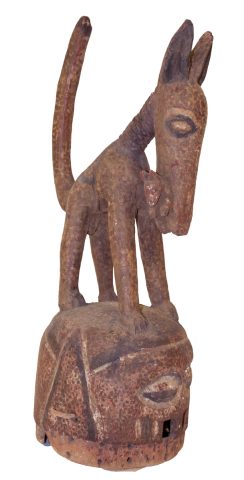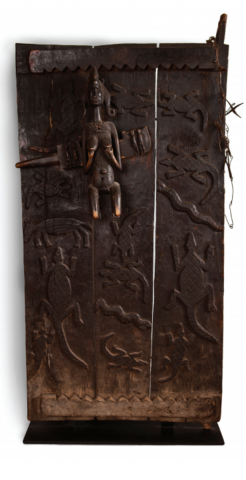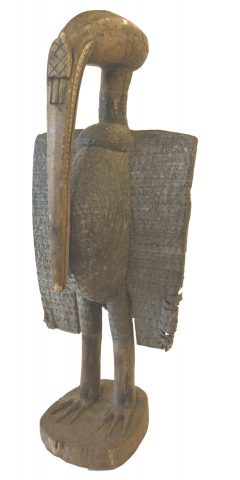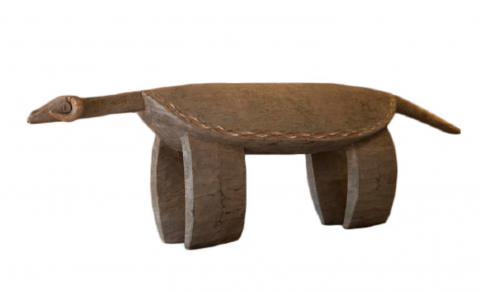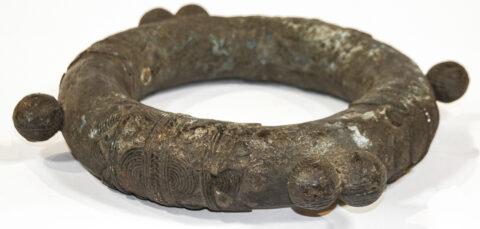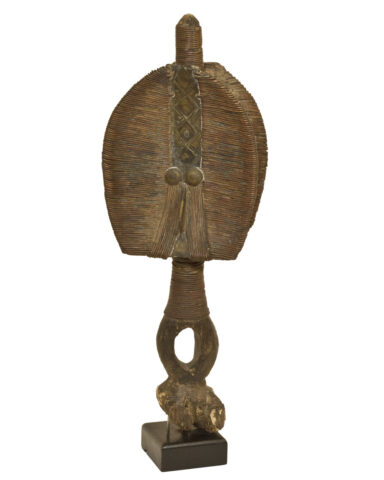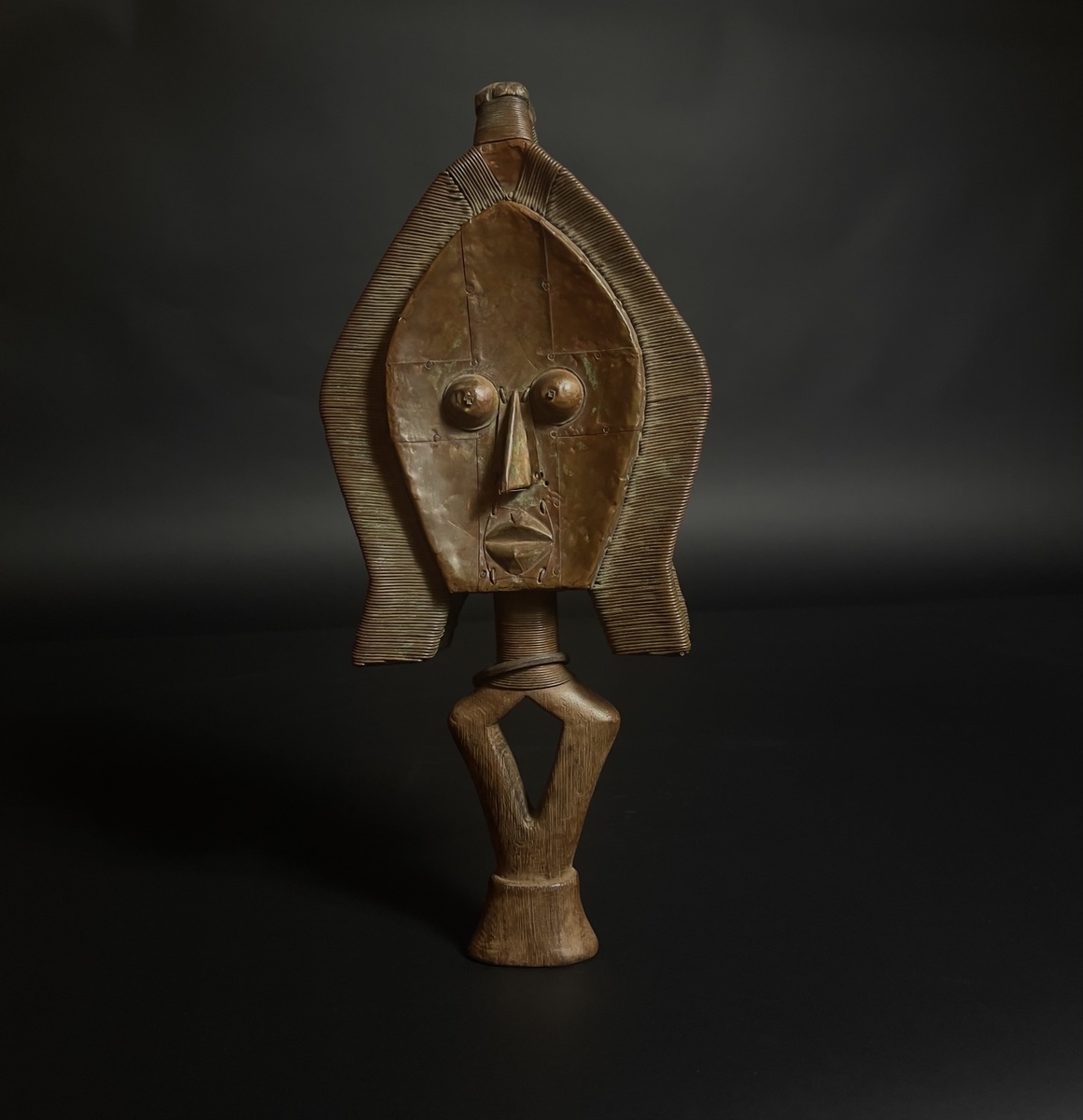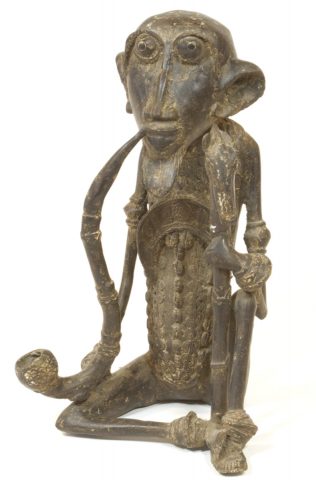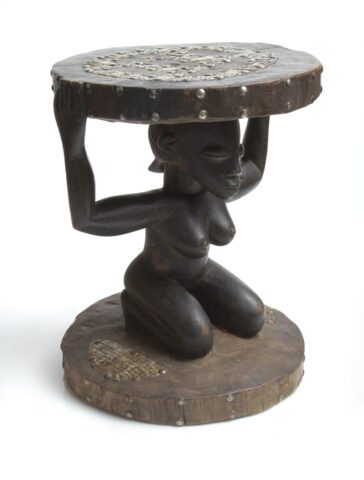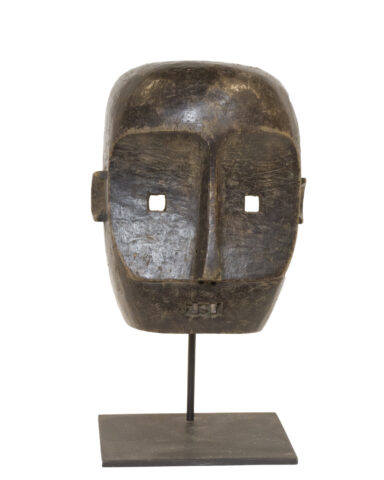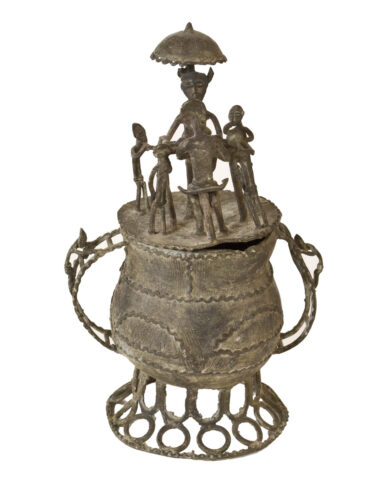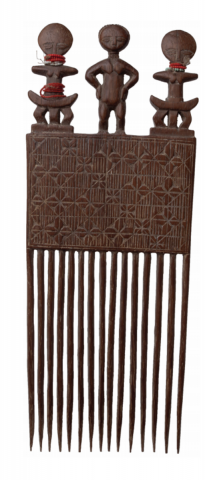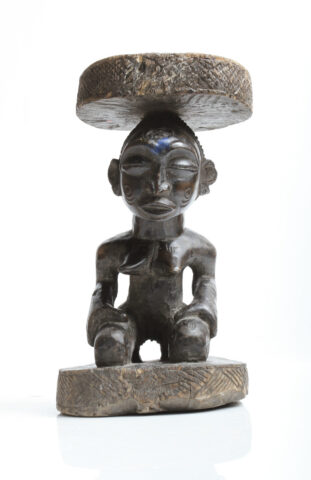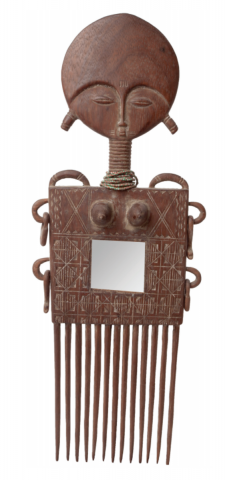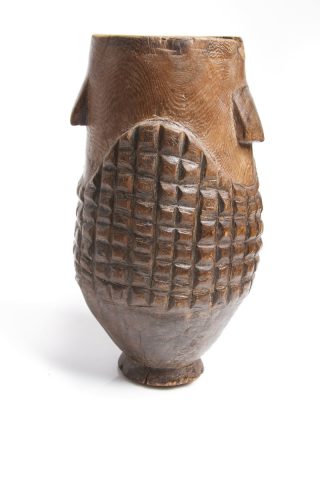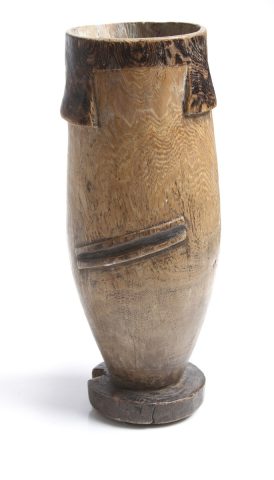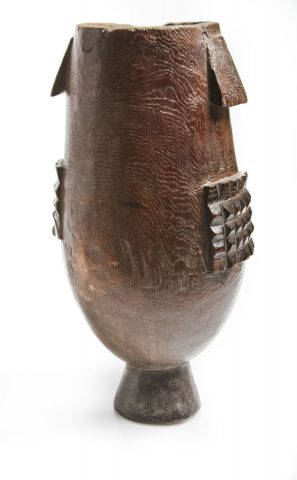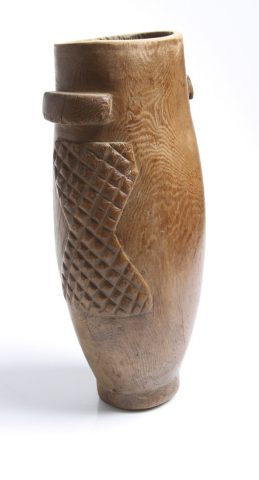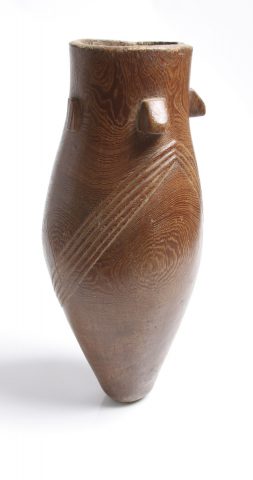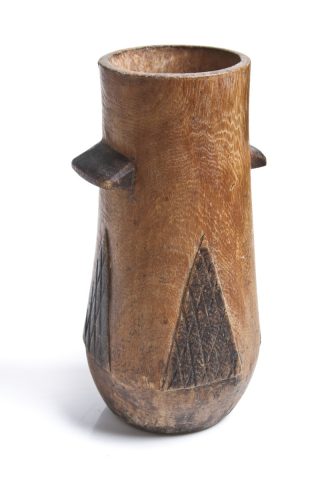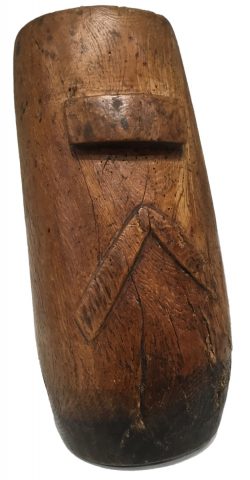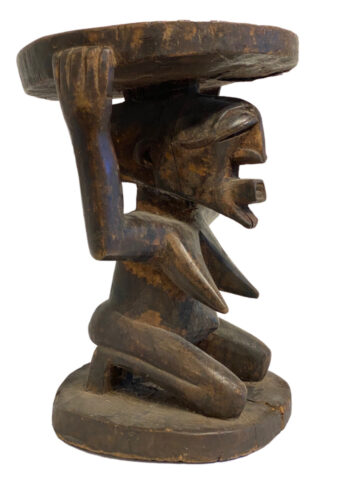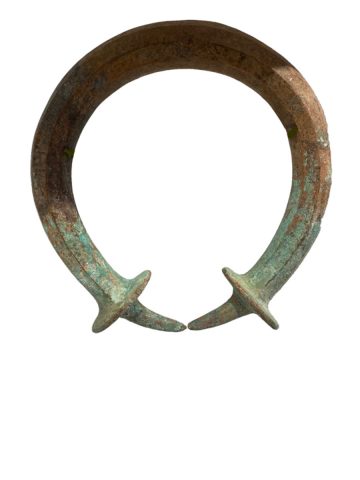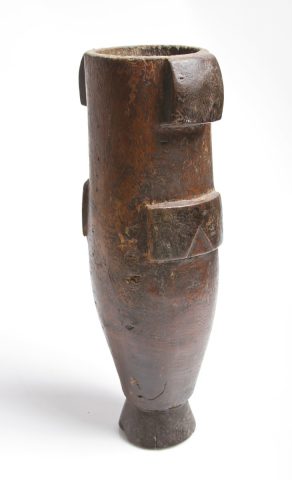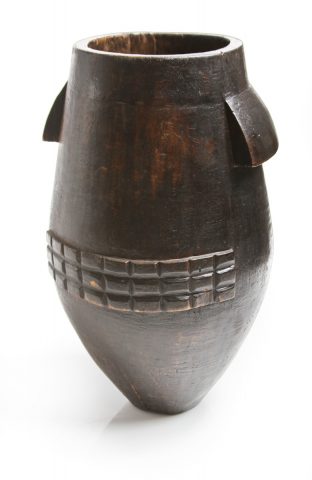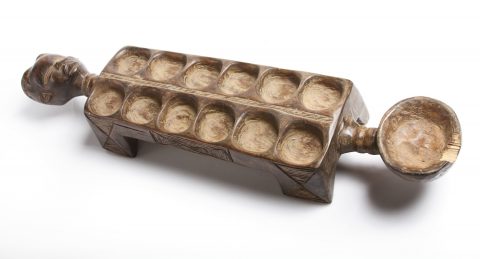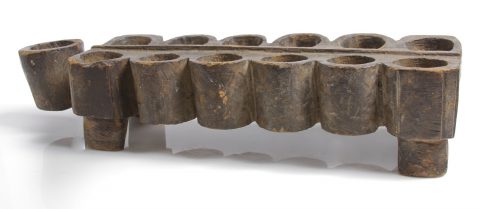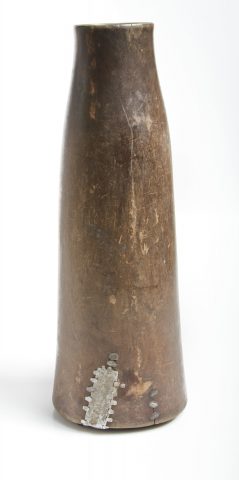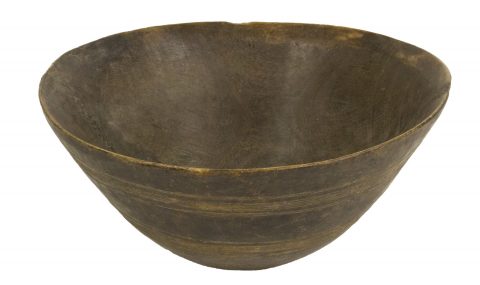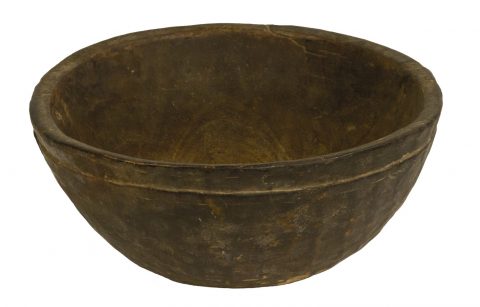Description
The Sejen, a bird figure designed and crafted by the Senufo people of the Ivory Coast, is a fascinating work of art that symbolizes the physical and intellectual aspects of life that are critical for the survival and prosperity of their community. The bird’s striking physical features and intricate details point to the remarkable cultural richness of the Senufo people, whose traditions and beliefs are deeply intertwined with nature and the animal world.
The phallic beak and swollen belly of the Sejen allude to the dual forces of male and female procreation and the continuation of life. This powerful symbol of fertility and reproduction is central to the cultural traditions of the Senufo people, who see the perpetuation of life and community as critical to their well-being.
The yellow casqued hornbill, which is one of the species found in the Senufo area, is a master among birds and is revered for its intellectual power. Its yellow head, which is equated with the red caps worn by Senufo elders, symbolizes wisdom and authority. The Sejen, with its own yellow head and intricate details, embodies these same characteristics and serves as a powerful symbol of cultural values and beliefs.
In Senufo culture, birds are seen as intermediaries between the physical and spiritual worlds, and their images are frequently used in artwork to represent various aspects of life and the natural world. The Sejen, with its intricate details and striking features, is an excellent example of this tradition, and serves as a reminder of the deep cultural roots and artistic traditions of the Senufo people.
Overall, the Sejen is a remarkable work of art that embodies the cultural values and beliefs of the Senufo people. Its intricate details, powerful symbols, and connection to nature make it a unique and fascinating piece that offers a window into the rich artistic and cultural heritage of West Africa.
REFERENCES:
Metropolitan Museum of Art. 2021. “Bird (Sejen): Senufo People.” New York: Metropolitan Museum of Art Catalog.
https://www.metmuseum.org/art/collection/search/312223


